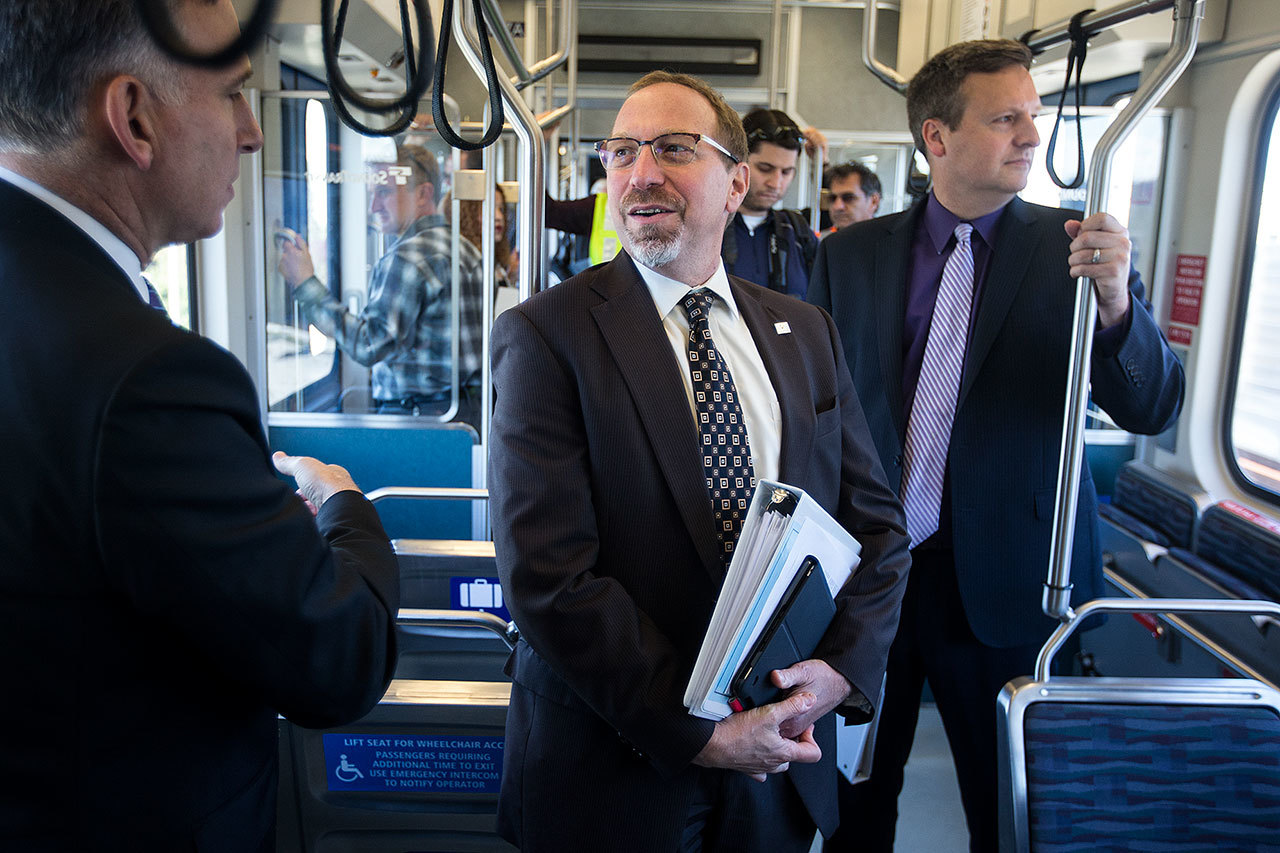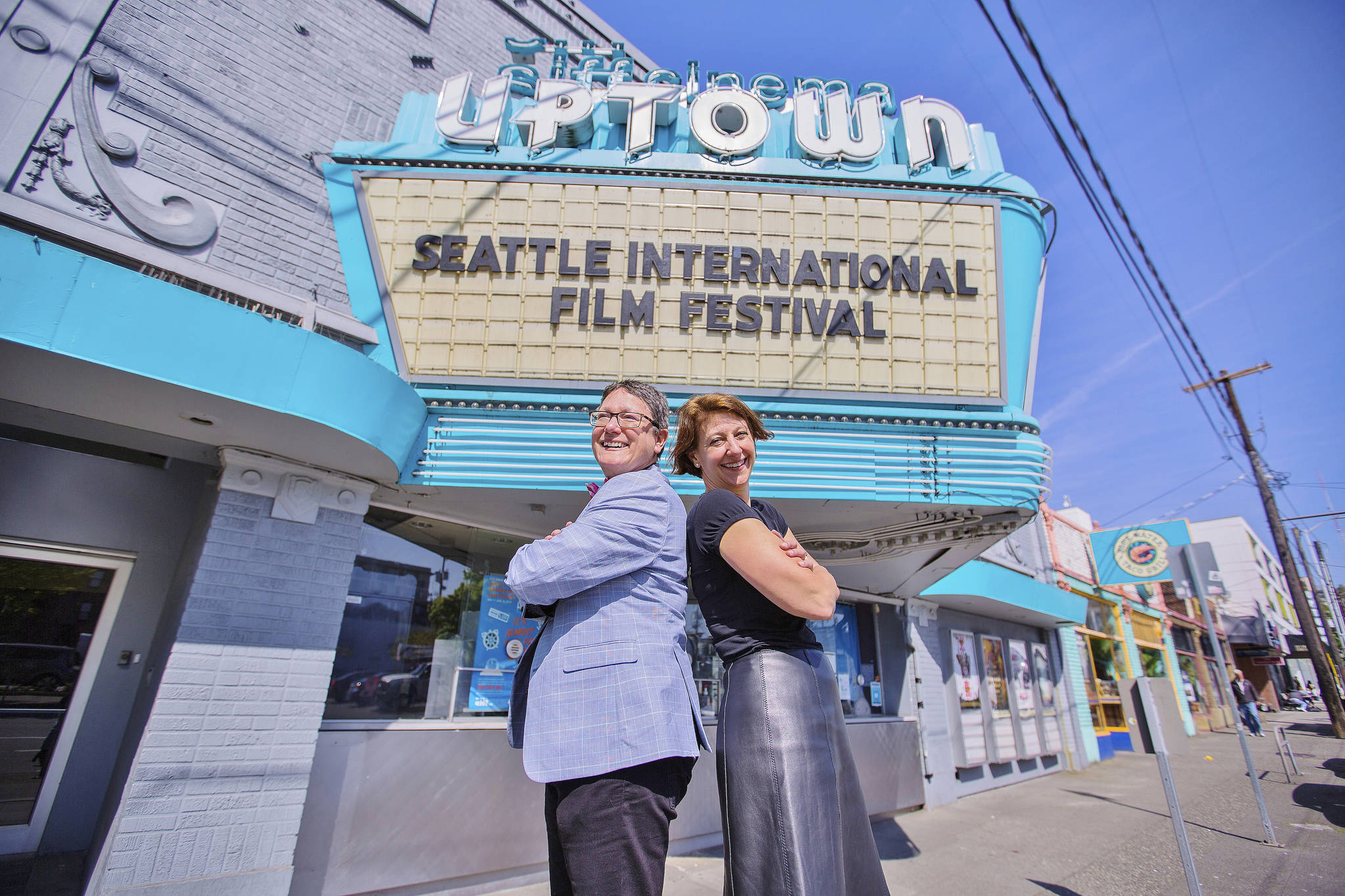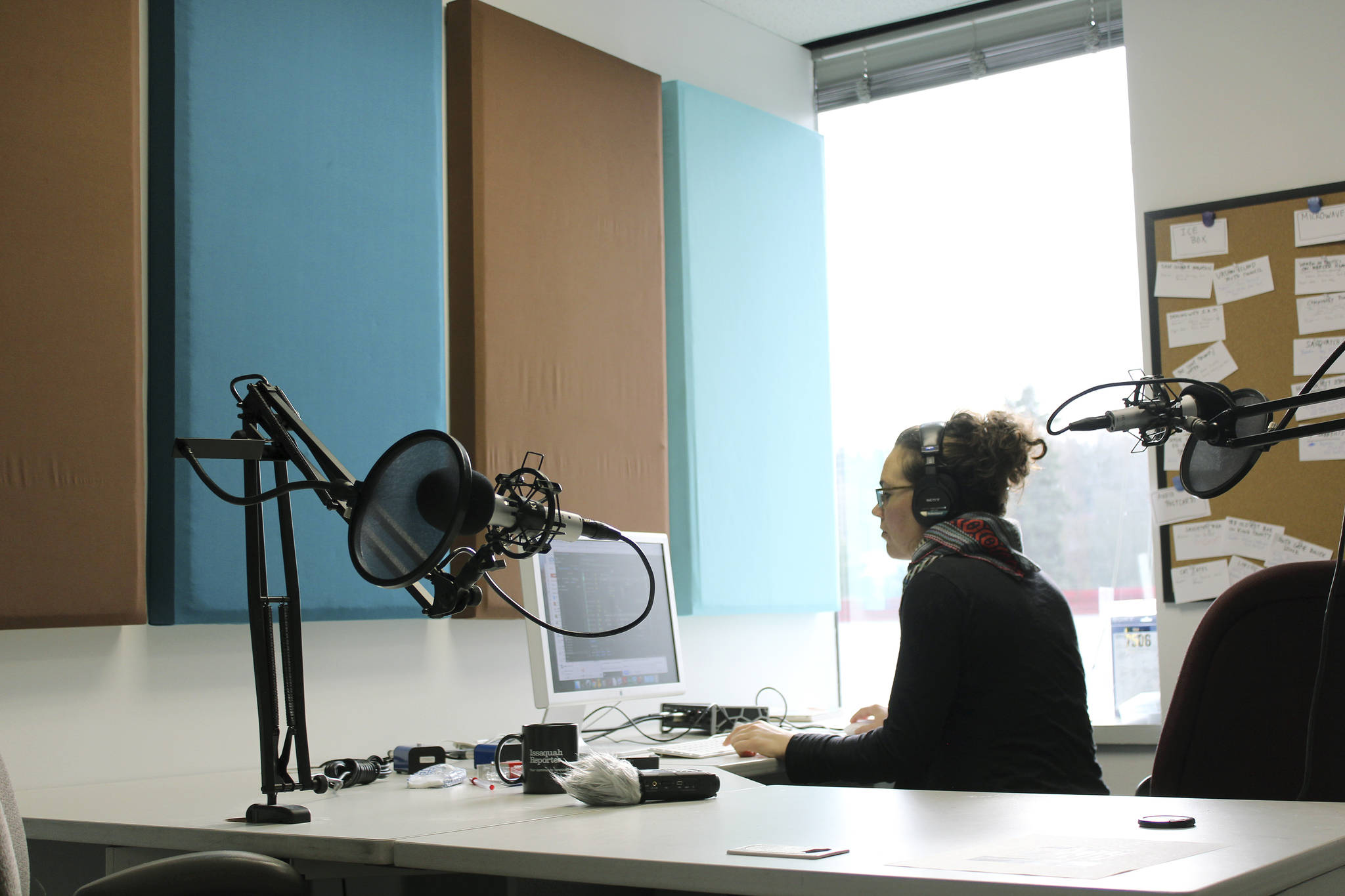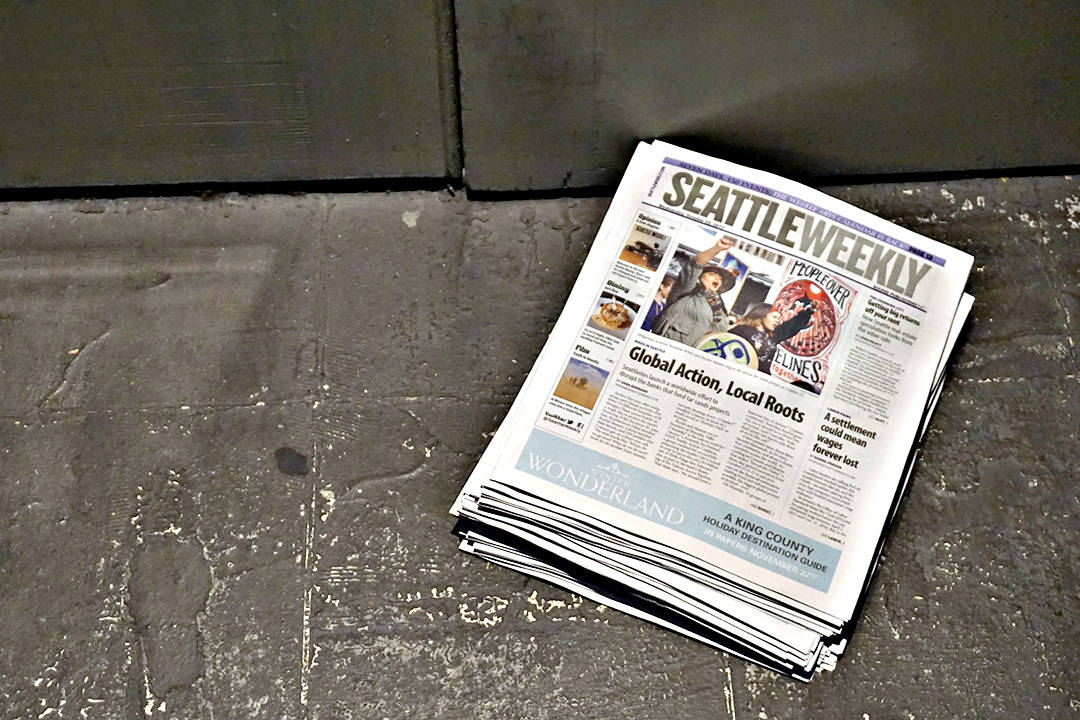From his office in the Sound Transit office in Union Station, Peter Rogoff sits at the hub of the regional transit authority he has overseen since taking the helm as Chief Executive Officer in January. Before arriving here, he served as the Undersecretary of Transportation for Policy in the U.S. Department of Transportation, where he oversaw a study that estimates an explosive growth in the population of 11 American cities. Now he is charged with doing something about that growth — building the transit capacity to ably serve the 800,000 new residents expected in the Puget Sound region over the next 25 years. The key to accomplishing that feat, he says, is Sound Transit 3, the $54 billion package that voters will be asked to approve on Election Day. It’s a massive project with lofty goals and a big pricetag. We asked him why it’s worth it.
What is the most frustrating thing about the ST3 debate right now?
I don’t know if frustrating is the right word, but what I sometimes find lacking in the debate is an appreciation for the fact that we are not proposing this system based on conditions today. A lot of people want to evaluate the merits or deficiencies on any particular investment with a mind toward what they’re experiencing in that corridor today. I think that is just human nature, but the reality is that we will be rolling out these investments over the next 25 years and things are going to change quite dramatically in that time. There will be an estimated 800,000 additional residents in the Puget Sound region. A great many of them are going to be locating in areas where housing might still be able to be built or where it will be more affordable and as such we need to make sure that there are viable transit connections for those communities.
Soon after ST2 passed, the subprime mortgage crisis happened and it really changed the landscape. What if something unforeseeable happens again?
Obviously the biggest recession since the Great Depression did happen during the pendency of ST2, and what it really meant was not that projects were permanently canceled, but that they were going to have to be delayed long into the future because of the dramatic drop in revenue. One of course hopes that a recession of that size will not happen again anytime in the near future, but the financial plan that we put out to the public does assume a reasonable cycle of recessions and recoveries over the 25-year period. It would be irresponsible to model revenues any other way.
Can you, in the simplest terms possible, explain how the number $15 billion, which was being tossed around when the Legislature granted the taxing authority to Sound Transit, became $54 billion?
That $15 billion, if you will, as a revenue increase, is comparable to about $27 billion of the $54 billion — the rest comes from existing taxes, bonding and federal money. The reason why the revenue increase is a higher number is that it is the same level of taxes allowed by the legislature put out over a greater number of years. The legislature was assuming a 15-year package, and what we put together is a 25-year package.
Late last month, the Angle Lake light rail station opened. That station came in $40 million under budget. In comparison, the U-Link project connecting the University District in Seattle to SeaTac was 86 percent over budget. Is there something in the approach to that Angle Lake project that you can apply to ST3 projects?
Well, we are. First, a very voluminous series of audits and oversight that we not only impose on ourselves. We will continue to be subject to that oversight, and we will have voluminous audits throughout the ST3 project and we welcome that. In the case of Angle Lake, we were able to bring some creativity to bear over the fact that during a downturn in the economy where construction bidding was coming in at very competitive rates, we were able to fill the funding hole with a federal grant, and we were able to get that project launched earlier than originally thought, which meant that we were not just $40 million under budget, but we are four years earlier than we thought we would be. Whenever you can accelerate a project and make it happen sooner, you save money.
The Seattle Times reported that the amount spent on the Angle Lake opening ceremony was a third of the amount it was originally budgeted for, and that this was in reaction to the blowback of the amount of money spent when U-Link opened. Was that a political decision in an election year, or is this a shift in priorities of spending for Sound Transit?
We certainly took note of and were cognizant of the fact that we probably went too far with the U-Link opening. But let’s talk about what the U-Link opening was about. It was about the historic opening of two stations that extended high-capacity rail to two of the densest neighborhoods in the entire state. While the $800,000 spent on the U-Link opening gets a lot of attention, I don’t think that a lot of people understand that a large chunk of that funding was devoted to things like porta-potties and line minders and security. We had tens of thousands of people show up for opening day. There are certain things that we certainly dialed back as a part of the Angle Lake opening, but we were fortunate to be able to secure a corporate sponsor for some of the activities and Alaska Airlines for the Angle Lake opening. And the City of SeaTac was willing to include a celebration as part of this with their resources.
Some critics say that our taxing priorities should be toward education first and transportation second. What’s your response to that critique?
The calculations that I have been informed of basically estimate that the property-tax adjustment that would come with the ST3 ballot measure, depending on where you live, would come in the range of 1.5 to 2.5 percent. The issues of solving education and state funding for elementary and secondary education has been vexing this state for a few decades, and I don’t think that anyone credibly believes that a 1.5 or 2.5 percent uptick ensures or dooms a solution to the significant issue of elementary and secondary education. It’s also probably worth noting that there is in our ballot measure a unique animal that actually, should it pass, generates $518 million for education services in the three-county region. Those who believe that education and transportation have to vie against one another would have you believe that we are competing for the same authorized tax envelope, and we’re not.
What does Sound Transit do if ST3 fails?
The next step is to complete light rail to Kent/Des Moines, Lynnwood, and Bellevue and Overlake and toward Redmond. And that will be the end of our capital program. It’s ironic. Some have criticized the agency with this banner of being Seattle-centric. There is an argument to be made that if our light rail network stops at the end of the ST2 program, at least the light rail network will be Seattle-centric. If it fails, we finish building the system we’ve been authorized to build. There is no secret plan B sitting in a file drawer here.
This interview has been edited for length and clarity.
Mark Baumgarten: 206-467-4374; mbaumgarten@seattleweekly.com








